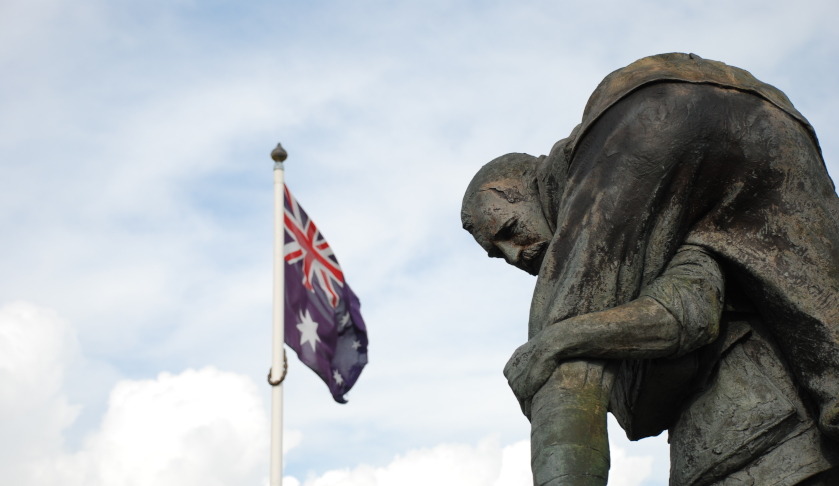Minister for Defence Personnel Darren Chester has led Australia’s commemoration of the Battle of Fromelles, honouring Australian war dead and reuniting the partial remains of Private Thomas Hurdis.
To continue reading the rest of this article, please log in.
Create free account to get unlimited news articles and more!
Nine Australian World War I soldiers identified by the Fromelles Project Identification Board have had their new, named headstones unveiled at the Battle of Fromelles Commemoration and Headstone Rededication Ceremony on the 102nd anniversary of the battle, Minister Chester said.
The nine soldiers were originally recovered from unmarked mass graves adjacent to Pheasant Wood in France in 2009. They were among 250 soldiers who fought and died in the 1916 Battle of Fromelles.
The soldiers recovered were:
- Captain Kenneth Malcolm Mortimer, 29th Battalion Australian Imperial Force (AIF);
- 2825 Corporal Alfred Thompson, 55th Battalion AIF;
- 191 Private Henry Bell 29th Battalion AIF;
- 1218 Private William Edwin Boyce, 32nd Battalion AIF;
- 889 Private Henry Gardner, 30th Battalion AIF;
- 1011 Private Alexander McCulloch, 32nd Battalion AIF;
- 314 Private Stanley Richard O’Donnell, 29th Battalion AIF;
- 3983 Private James Robert Smith, 31st Battalion AIF; and
- 795 Private Claude Yeo, 30th Battalion AIF.
They are now buried in marked graves in the Commonwealth War Graves Commission Fromelles (Pheasant Wood) Military Cemetery in France.
Minister Chester said, “The identification of soldiers killed in battle has been made possible by a great number of people working on this cause, and I commend their diligent research which has enabled recognition of the nine fallen Australian soldiers.”
He also took the opportunity to oversee the reunification of Private Thomas Hurdis' remains. Private Hurdis was wounded on 26 September 1917 during the Battle of Polygon Wood, Belgium. Private Hurdis died of his wounds on 3 October 1917 at the age of 26. His partial remains were retained for pathological study purposes, while he was substantively buried in a formal cemetery. Although this was a rare event, it was a product of a desire to learn from the medical developments and experiences of the World War I
Born in Sydney, Private Hurdis was employed as a labourer prior to his enlistment in the Australian Imperial Force on 12 September 1916. He embarked on the ship ‘Afric’ in Sydney on 3 November 1916 and was posted to the 59th Battalion on 6 April 1917.
In late 2017, the partial remains of an Australian soldier were reported by a member of the public to be held in the collection of the Mutter Museum in Philadelphia. These were found to be those of Private Hurdis who died from his wounds while under the care of US medical teams following the Battle of Polygon Wood.
His partial remains were cared for in accordance with protocols and approvals of the time, until 2017. Following a request, the remains were collected by the Head of Australian Defence Staff in Washington and then moved to the Commonwealth War Graves Commission’s recovery unit in France.
Mr Chester said the ceremony, more than 100 years after Private Hurdis’ death, brings closure for his descendants and allows all Australians to reflect on the courageous service he provided to our country.
“As we approach the centenary of the Armistice, it is as important as ever to remember the sacrifice soldiers like Private Hurdis made on behalf of Australia during World War I,” Mr Chester said.

 Login
Login







